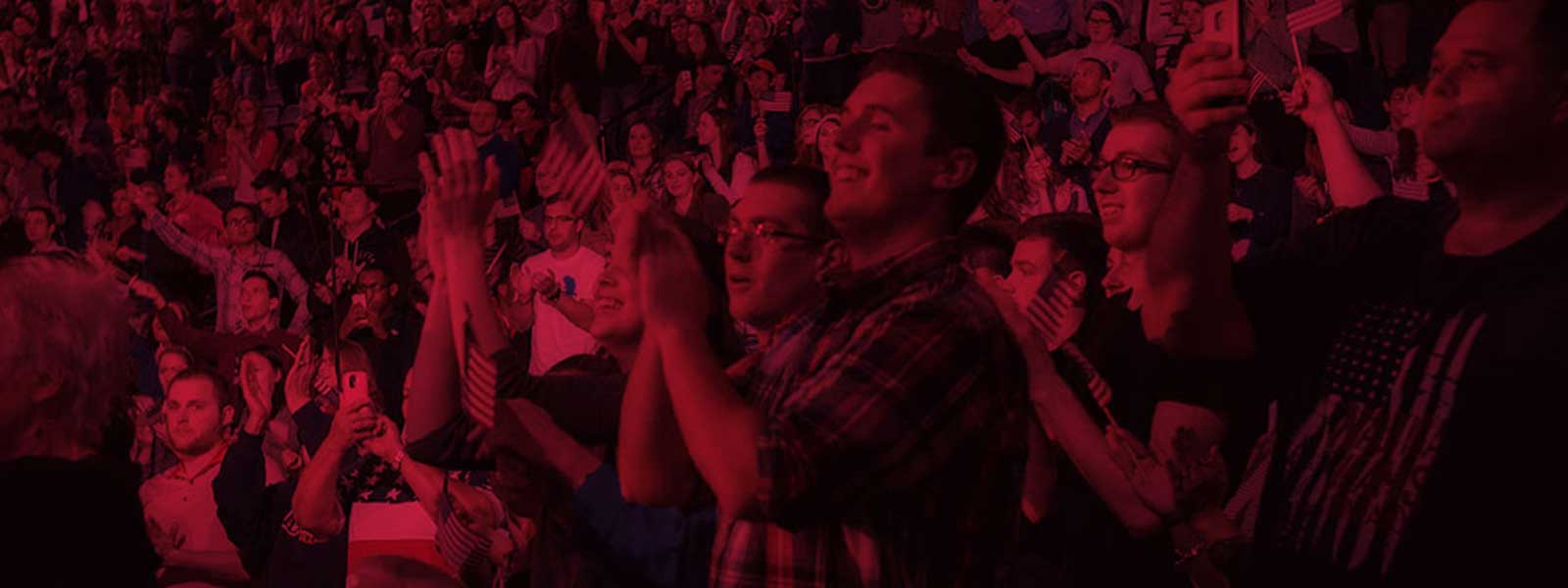The Covfefe Conundrum
How a Strong Political Brand Can Create New Truths
You say “covfEEf,” I say “covfeeFEE” — regardless of how you pronounce it, who would have ever thought the word “covfefe” would become part of mainstream vocabulary?
Certainly not me.
But low and behold, in a matter of minutes, a single tweet constructed by President Trump made this once non-existent, nonsensical word part of every day conversation.
From memes to Press Secretary Sean Spicer’s official explanation to legislation called the, you guessed it, “COVFEFE (Communications Over Various Feeds Electronically for Engagement) Act — covfefe has become an odd kind of nomenclature that means, well, anything you want it to mean. Read more on Medium
When a Party Turns Toxic
“The [democratic party] brand is just bad,” Rep. Tim Ryan said. “I don’t think people in the beltway are realizing just how toxic the Democratic Party brand is in so many parts of the country.” CNN, June 22, 2017
Last night I heard something that absolutely solidified something I’ve said time and time again: the future of politics is now not necessarily about party affiliation, but about the candidates, themselves.
For a representative to call his party’s brand “bad” and “toxic” on national television, no less, definitely makes one question about this new political frontier we have entered — a frontier where candidates, representatives and the like are worried how their political party will impact public perception on them as individuals.
And while there’s no doubt both parties are going through an identity crisis — an identity shock, really — what’s fascinating to me is we’re beginning to see some representatives and candidates embracing their own brand (whether they are aware or not), jumping off the traditional donkey and elephant rides to victory (or not).
Some see this party identity crisis as the proverbial nail in the coffin. I see it as a very exciting time for this new frontier — a time where voters and constituents actually start to care about the individual representing them, not the party they identify with. Read more on Medium
The Do’s and Dont’s of Branding
Whenever I get asked about branding a candidate, I think of the old riddle: What comes first, the chicken or the egg?
For campaigns, the question becomes: what comes first, the branding or the marketing? For me, the answer is clear. There’s no effective marketing without a defined brand. But in politics, that distinction isn’t always clear.
In fact, one trend I’ve witnessed in the political space is once the campaign team creates a logo, said team considers the logo the candidate’s “brand,” and now has the inspiration to design a website and marketing materials that encompass the “brand.”
Big mistake. A logo is not the candidate’s brand. Read more at Campaigns & Elections.
The New Political Landscape: Brand Identity and Authenticity
I think we can all agree that last year’s primary election was anything but typical. At times, it was hardcore, rough and contentious. It was also the first time in recent history where it wasn’t necessarily about party affiliation anymore — it was about the candidates, themselves.
On the Republican primary side, we watched the equivalent of Survivor in business attire, with 17 candidates in a constant battle for sound bites and attention. Some fought to win, while others, it seemed, fought just to survive.
Out of this sea of seemingly endless candidates, the majority didn’t have strong brand identity, but two did. One was based on traditional conservative values and strong faith. The other played on his existing, corporate brand of brash, “tell it like it is” characteristics. Read more on Medium
Why Candidates Should Understand Branding
Most candidates don’t think of themselves as a brand. But in order to be a successful candidate today, when campaigns are competing for attention with sophisticated brand advertisers, they should start.
Now, most early-career candidates understand they need to market themselves to voters. But marketing and branding aren’t the same thing. Marketing is the process that supports bringing a brand to market.
Branding, meanwhile, involves developing things like a candidate’s public image, personality, awareness, perception, values and messaging. The brand must resonate in every aspect of an overall campaign. In fact, crafting a brand is a bit more complicated than just putting up a logo, or communicating policy issues. Read more at Campaigns & Elections




